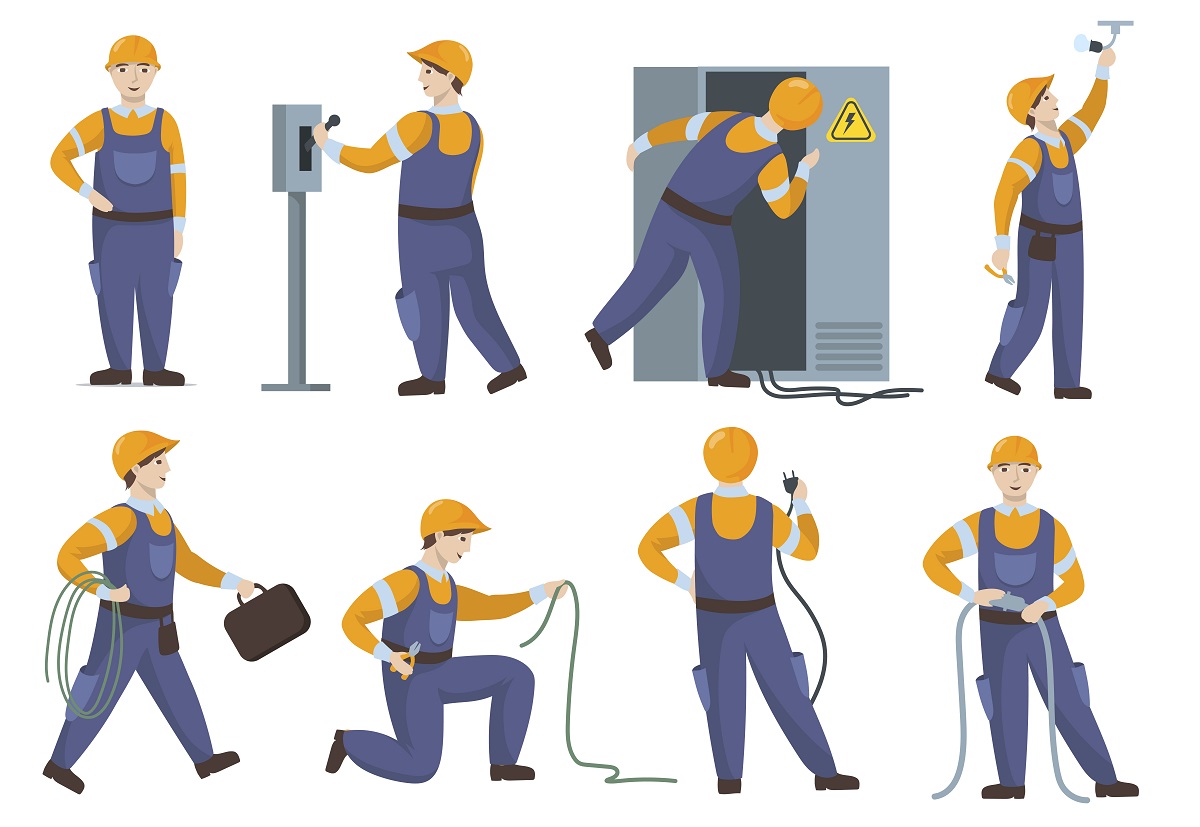PT0-002 exam dumps
Promoting Workplace Safety: Introduction to Electrical Safety
As good as electricity is, there are also hazards associated with electricity, and this includes the potential to cause severe injury, damage to property, or even kill. However, there are many precautions that you can take to ensure that when you work with electricity, you don’t end up a victim of these hazards. This includes the use of electrical equipment to reduce the risk of injury in your workplace. The need to keep employers safe and protected cannot be overemphasized, and in this article, we’ll take you through some of the key things to know about electrical safety. Continue reading to find out more.
The Main Electrical Hazards
As mentioned earlier, there are many types of hazards that are associated with the use of electricity. Here are some potential hazards that come with working with electricity:
· Unsuitable electrical apparatus can cause an explosion.
· Burns and electric shocks result from contact with live parts.
· Fire triggered by faulty electrical installations and equipment.
· Injury resulting from exposure to arching.
· Static electricity can ignore flammable dusts and vapours.
It’s worth noting that electrical shocks can cause different types of injury. For instance, it can cause a fall from a scaffold or ladder. Incorrect wiring is also dangerous and can cause fatal accidents.
Key Actions to Take
It’s important to perform an in-depth assessment of electrical hazards, and this should cover who gets affected or harmed by the hazards, the risk level and precautions to take to avoid these hazards. Another thing to note is that the risk assessment should also consider the type of electrical equipment that is used. This should include the way you use and handle the equipment, as well as the environment where the equipment is located.
Another vital thing to ensure is that the electrical installation and equipment are used only for their intended purpose and used under the right conditions they are operated. Using an equipment in a wet environment or surroundings not ideal for their design can be hazardous. This includes fuses, circuit breakers and many other devices. It’s important that these devices are rated correctly.
For sockets, fittings, plugs, and cables, it’s important to ensure that they are robust and properly functioning. Also, ensure the machinery is easy to access and the isolator for emergency situations. It’s worth noting that every state is different when it comes to rules guiding workplace safety, especially from an electrical point of view.
Maintenance
It is essential to ensure that electrical equipment and installations are maintained to minimize any potential danger as reasonably possible. This requires finding a balance between the level of risk and the necessary measures needed to control the risk in terms of cost, time, or inconvenience.
Whenever using electrical equipment, including portable appliances, users should thoroughly check the equipment and immediately discontinue use if any of the following conditions are observed:
· Damaged plug or connector
· Insecure or visibly repaired cable or exposed internal wires
· Evidence of burn marks or stains indicating overheating

Only a competent person should conduct any necessary repairs. A competent person possesses the required skills, knowledge, and experience to carry out the work safely.
Items that are more likely to incur damage, such as portable electrical tools or equipment used frequently or in challenging environments (e.g., wet or dusty), should undergo more frequent checks. On the other hand, equipment less susceptible to damage, like desktop computers, may require less frequent checks.
It is advisable to consider whether electrical equipment, including portable appliances, should undergo more formal inspections or testing conducted by a competent person. Furthermore, carefully determine the intervals at which these inspections or tests should be carried out.
Fixed Installations
Another vital thing to do is to arrange testing and inspecting, and this is vital for fixed wiring installations to avoid deterioration that can lead to danger. This should cover the circuits across the meter, as well as the consumer unit supplying sockets, light switches, and wired-up equipment. It’s important to ensure that this should be carried out by a competent person, and this should be specifically done by an electrician.
The big question is how you can know whether the person you hire is a competent electrician. An easy way to determine whether an electrician is competent or notis to ensure that they are trained and licensed and have also demonstrated their experience in different ways.
Also, it’s important to be aware of the dangers that are likely to occur when working underneath or near overhead power lines. Basically, there’s the possibility of flash to occur from these overhead electric lines, even if the equipment or machinery doesn’t touch them. In addition, avoid working under them if the equipment is likely to come within up to 6 meters close to the power line.
Underground cables are also vital to note, especially when digging the streets or pavements. The best thing to do in this case is to consult with local electricity professionals and check service plans to determine the exact location of these underground cables.